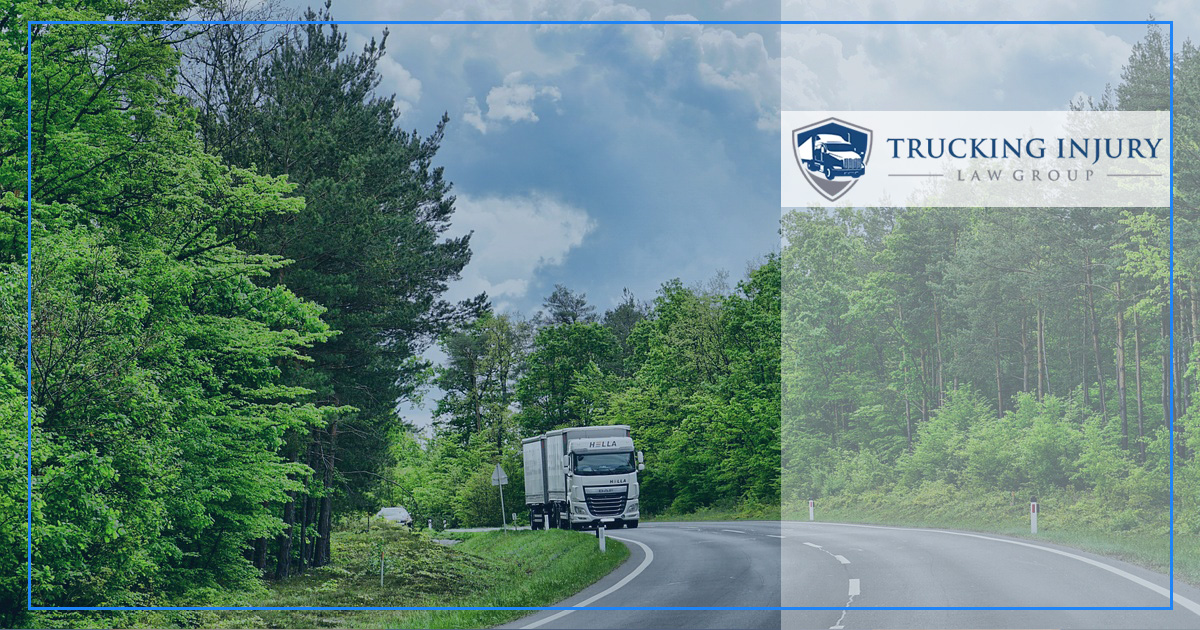Why Do Large Trucks Make Wide Turns?

Reasons for Wide Turns
Large trucks are vital to the economy as they maneuver through the highways and byways. Trucks aren’t like smaller vehicles in how they move and interact with traffic. Large trucks make wide turns especially if their rigs are semi-tractor trucks with attached trailers or flatbeds. There are many reasons large trucks make wide turns. The most common reasons are size, wheelbase, trailer dynamics, and avoiding blind spots.
Size
Truck length, width, and weight are needed for wide turns. Some trucks have a height of up to 14 feet, causing a high center of gravity. A high center of gravity causes large trucks to tip over if drivers move quickly and sharply. Trucks also range as much as twenty to thirty times heavier than passenger vehicles. For example, a tractor-trailer truck can weigh up to 80,000 pounds with a full load. Added to the high center of gravity, the truck’s weight makes maneuvering the truck difficult. The weight of the truck cargo can shift and throw off a truck’s already precarious stability.
Wheelbase
Truck wheelbases are distances between the centers of the front and rear vehicle wheels. The wheelbase influences stability, maneuverability, and load distribution. For example, a longer wheelbase will generally mean a more stable truck, especially at higher speeds or challenging terrains. However, a longer wheelbase gives a truck less maneuverability in tight spaces. Trucks must have room to make wide turns to compensate for less maneuverability and avoid accidents.
Trailer Dynamics
A truck trailer following a tractor (cab) can be hard to maneuver in traffic. The trailer can cut across lanes and damage other vehicles if the driver does not make a wide turn. Trailer wheels are closer to the inside than wheels on a tow vehicle and are more likely to hit curbs or ride over curbs. Making wider turns compensates for this discrepancy between truck tractor wheels and trailer wheels
Blind Spots
Blind spots on large commercial vehicles, including tractor-trailers, make turns risky because they increase collisions with other vehicles or pedestrians. Truck drivers must make wide turns for safe and effective turns.
Safety for Other Vehicles
Driving safely around trucks making wide turns is essential. Other vehicles must exercise caution. The general rule for passing trucks making turns is don’t. Don’t try to pass turning trucks, especially on their right side. It’s easy to be in the truck driver’s blind spot or miscalculate the distance between your vehicle and the truck. Look for the truck’s turn signal to see where the driver intends. In any interaction with large trucks always be alert.
Understanding the role of wide turns in trucking safety is essential. At the Trucking Law Office, we are here to inform and help. Contact us today.





